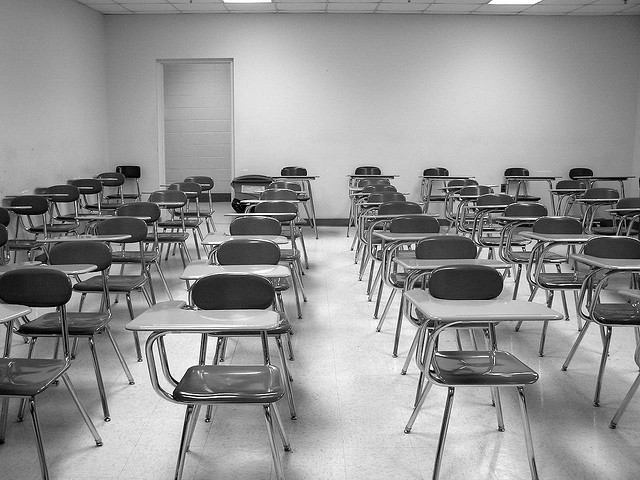During distance learning, if you can’t get online, you can’t get to school. Last we knew, roughly half of Oakland’s students were unconnected or underconnected, with our most historically underserved students being the most disconnected.

And there were 15-17 million students nationwide in the same drifting boat, wafting further and further from proficiency. Even worse, there are also a whole set of students who have never logged on at all. Who are literally lost to school.
Oakland Unified school board director Hinton Hodge recounted some of these grim statistics in a recent post.
“In Oakland Unified, we know that only 60% of the children in foster care have connected with the schools since March 13th when SIP went into effect. At one of our comprehensive high schools, there are 60 students we haven’t made contact with. At one predominantly Black elementary school, there are 50 families unaccounted for! And only 70% of our Unsheltered Youth — compared to 96% of white students — have shown up to Distance Learning.”
40% of foster youth NEVER logged in, our homeless youth make it to school at roughly two thirds the rate of White students, and the students who need school the most, attend the least and lag even further behind.
This is a nationwide problem, and you can find similar articles on most every city, where 20-30% of children never logged on. I would assume the numbers in rural America are even higher, given that access is generally worse.
In one of the richest regions, in the richest state, in the richest country in the history of the world, we have millions of kids locked out of school because they were born in the wrong household or live in the wrong neighborhood. This is a shameful and entirely fixable issue.
This is Digital Inclusion Week, and there are dozens of actions taking place to push cities, states and the federal government to create an inclusive and universal on ramp to the information superhighway. Now more than ever we understand that broadband is an essential utility, not jut for school but for life. We correspondingly need to make sure we provide it universally and, if we are relying on private broadband companies, that we regulate them and make them serve the public interest.
So please join us and get involved, we just held a townhall with activists nationwide tomorrow, our petition to the FCC guaranteeing free, no strings attached internet, has nearly 40 k signatures, so please sign and share that, and look for Digital Inclusion Week activities near you. We also will be interviewing Larry Irving on Friday, the brother whose pioneering research and advocacy both identified the digital divide and found real solutions. Please listen for more answers.
This is not rocket science, it is laying cables and providing hotspots and making a commitment to equity and access. It’s a matter of will and one of allocating a tiny fraction of the nation’s resources to create a more durable and equitable system for everyone.
We absolutely can provide #InternetForAll, but that won’t happen without pressure from all of us on our local electeds, the philanthropists that may step in, the broadband providers who now hold the key to the schoolhouse and so much more, as well as the state and federal officials who need to fund and set equitable rules around access.
We can do this, but we need you, and moreso the 15-17 million unconnected students need you. Let’s work now, so we can have a future when Digital Inclusion Week is completely unneeded and a thing of the past.

